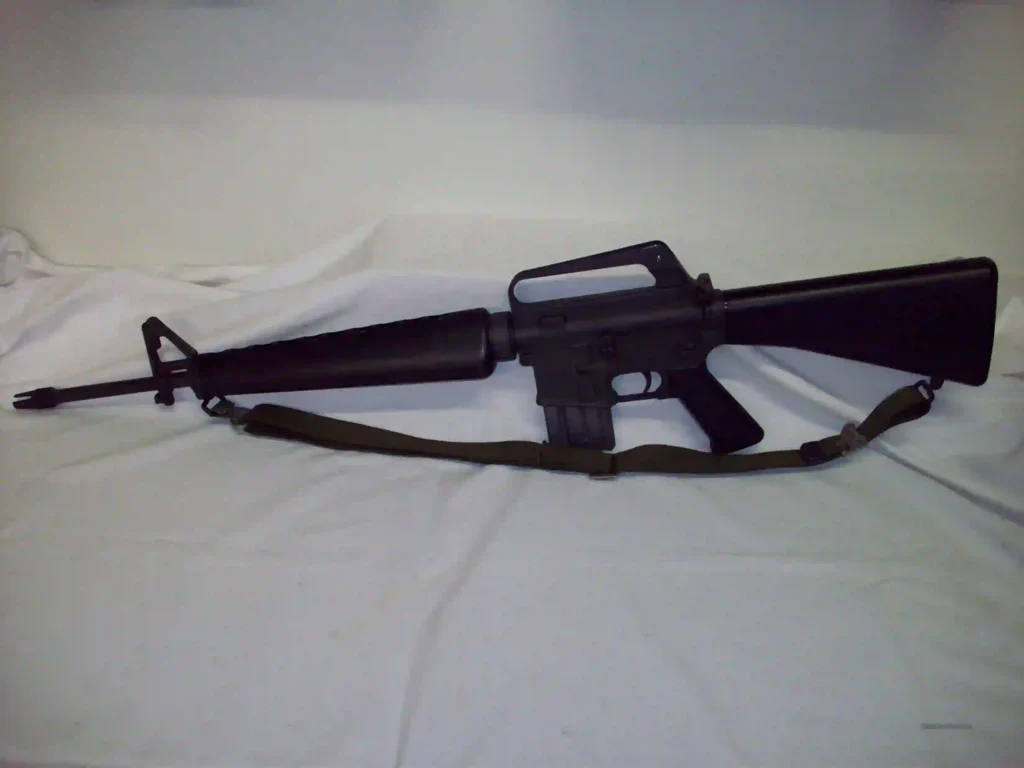Introduction
The M16 rifle, first introduced during the Vietnam War, has been a staple of military arsenals for over five decades. Despite the advent of newer firearm technologies and designs, the M16 remains relevant and continues to be used by military forces around the world. This article explores seven reasons why the M16 rifle is still a vital and effective weapon in modern combat and civilian use.
- Proven Reliability and Durability
Battle-Tested Performance
The M16 has a long history of reliability and durability, having been extensively tested in various combat environments. Its performance in diverse conditions—from jungles to deserts—has proven its resilience and dependability.
- Long Service Life: Many M16 rifle for sale have been in service for decades, demonstrating their durability and the effectiveness of regular maintenance and upgrades.
- Field Repairs: The design allows for relatively easy field repairs, ensuring that soldiers can keep their weapons operational with minimal tools and spare parts.
- Accuracy and Precision
Superior Marksmanship
The M16 is renowned for its accuracy and precision, making it an ideal weapon for both long-range engagements and close-quarters combat. Several design features contribute to its accuracy:
- Barrel Design: The M16’s barrel is designed to provide consistent bullet velocity and trajectory, resulting in superior accuracy.
- Sighting System: The rifle’s adjustable sights and compatibility with various optics enhance aiming precision.
- Low Recoil: The gas-operated, rotating bolt system helps manage recoil, allowing shooters to maintain accuracy during rapid fire.
- Versatility and Adaptability
Multi-Role Capability
The M16’s design allows it to be used effectively in various roles, from standard infantry rifle to specialized applications such as designated marksman roles. Its versatility is one of the key factors in its continued relevance:
- Modular Design: The M16 can be easily modified with different attachments, including grenade launchers, suppressors, and advanced optics.
- Caliber Options: While originally chambered in 5.56mm NATO, the M16 platform has been adapted to fire various calibers, increasing its utility in different combat scenarios.
- Adaptability: The rifle can be customized for different missions, environments, and user preferences, making it suitable for a wide range of military operations.
- Ergonomic Design
User-Friendly Features
The M16’s ergonomic design has been refined over the years to enhance user comfort and efficiency. This makes it easier for soldiers to carry, handle, and operate the rifle in various conditions:
- Adjustable Stock: Modern versions of the M16 feature adjustable stocks, allowing users to customize the length of pull for better comfort and control.
- Ambidextrous Controls: Many models now include ambidextrous controls, making the rifle easier to use for left-handed shooters.
- Weight Balance: The rifle’s weight distribution helps reduce fatigue during prolonged use, which is crucial for maintaining combat effectiveness.
- Continued Modernization
Ongoing Upgrades
The M16 has not remained static; it has been continually upgraded to meet modern combat requirements. These upgrades ensure that the rifle remains competitive with newer firearm technologies:
- Advanced Materials: Use of advanced polymers and alloys has reduced weight while increasing durability.
- Improved Internals: Modern versions feature enhanced internal components that improve reliability and ease of maintenance.
- Accessory Integration: The integration of Picatinny rails and other mounting systems allows for the attachment of modern accessories, such as laser sights, tactical lights, and night vision devices.
- Training and Familiarity
Widespread Knowledge
The M16’s long service history means that a vast number of military personnel are trained and familiar with its operation. This widespread knowledge base provides several advantages:
- Ease of Transition: Military units transitioning between different models of the M16 or to similar platforms, like the M4, face minimal learning curves.
- Training Efficiency: Existing training programs and resources can be efficiently used to instruct new recruits, reducing the time and cost associated with adopting new weapon systems.
- Shared Expertise: The extensive experience and expertise accumulated over decades can be leveraged to enhance training and operational effectiveness.
- Cost-Effectiveness
Economic Advantages
Maintaining and upgrading existing M16 rifles can be more cost-effective than developing and fielding entirely new weapon systems. This economic efficiency makes the M16 an attractive option for many military forces:
- Lower Acquisition Costs: Compared to developing new rifles, upgrading existing M16s involves lower research and development costs.
- Established Supply Chains: The established supply chains for M16 parts and accessories simplify logistics and reduce procurement costs.
- Maintenance Savings: Familiarity with the platform reduces the need for specialized training and maintenance equipment, further cutting costs.
Conclusion
The M16 rifle’s relevance today is a testament to its proven reliability, accuracy, versatility, and the continuous improvements made to its design. Its ergonomic features, ongoing modernization efforts, widespread familiarity among military personnel, and cost-effectiveness ensure that it remains a valuable asset in both military and civilian contexts. As firearm technology continues to evolve, the M16’s adaptability and robust performance will likely keep it in service for many years to come, making it a timeless piece of military history and an enduring tool for defense and security.
